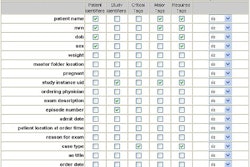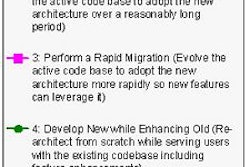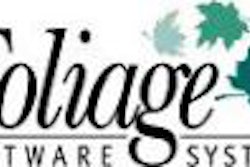Adopting PACS may be lead to growth in both inpatient and outpatient hospital revenues, according to an article published online recently by the Journal of Digital Imaging.
To test the economic impact of PACS, a team led by researcher Sang Kim from Yonsei University in Seoul obtained inpatient and outpatient revenue data from all 212 general hospitals in South Korea from the Korean National Health Insurance Corporation (KNHIC). KNIHC is a government-controlled organization that pays all insurance claims submitted by South Korean hospitals.
In their analysis of data between 1996 and 1999, the authors included a number of variables such as the status of PACS implementation, population size, state of competition, and inhabitants' income. They also studied factors such as hospital location, hospital size, whether a hospital was public or private, or if it was a tertiary hospital.
For sites with PACS, the researchers recorded data beginning one year after PACS implementation to account for the technology's delayed effects on revenue. Revenue data were adjusted to the value of the 1996 figures using annual fee-schedule increases.
Total revenue for PACS sites was an average of $15.1 million (U.S.) in 1996, compared with $12.7 million for non-PACS sites. In 1997, hospitals with PACS had mean revenue of $17.1 million for the year, while sites without PACS averaged revenue of $13.2 million.
The gap between hospitals with PACS widened considerably in 1998, when total revenue for PACS sites reached $34.5 million. In contrast, sites without PACS averaged $12.4 million in total revenue. In 1999, sites with PACS produced $38.2 million in mean revenue, while non-PACS hospitals produced only $13.5 million.
The percentages of tertiary care and public hospitals were higher among PACS hospitals than those without digital image management. In addition, the researchers recorded a higher mean number of beds and physicians in hospitals that had installed PACS than in non-PACS sites, particularly in 1998 and 1999.
After employing multivariate analysis and controlling for confounding variables, the researchers found that revenues for both inpatient and outpatient departments were significantly higher one year after the installation of a PACS network. The relationship between revenue and the number of beds and physicians was statistically significant, as was the relationship with the tertiary status of a hospital.
The study team also found the relationship between outpatient revenue and the urban status of a hospital to be statistically significant. However, the authors did not see a significant relationship between revenue and population size, the number of competing hospitals, and inhabitant tax per capita.
"Although the causality needs to be clarified, the implementation of PACS was correlated significantly to the increased amount of inpatient and outpatient revenue, while controlling for various confounding variables," they wrote. "In the future, the effects of different types and characteristics of PACS on the performance of hospitals should be examined. In addition, the costs of PACS should be included by using case studies where detailed data collection and multi-institutional collaboration are possible."
By Erik L. RidleyAuntMinnie.com staff writer
February 21, 2003
Related Reading
Legal ground rules guide international teleradiology practice, February 20, 2003
Offsite ASP archive fulfills disaster-recovery, backup requirements, January 21, 2003
PACS firms integrate, broaden product lines, November 18, 2002
Privacy specialist offers a methodical approach to HIPAA compliance, August 30, 2002
HIPAA final privacy rule drives security implementation, June 7, 2002
Copyright © 2003 AuntMinnie.com




















